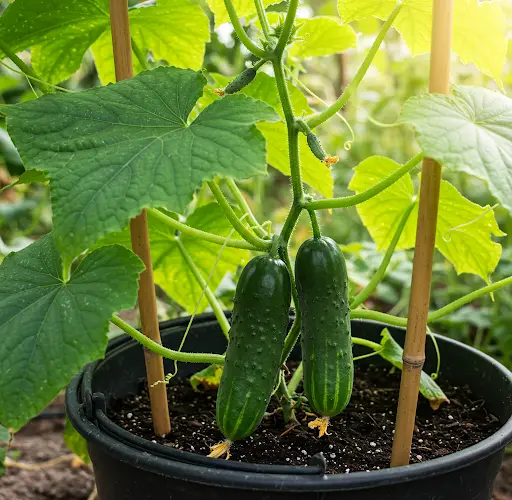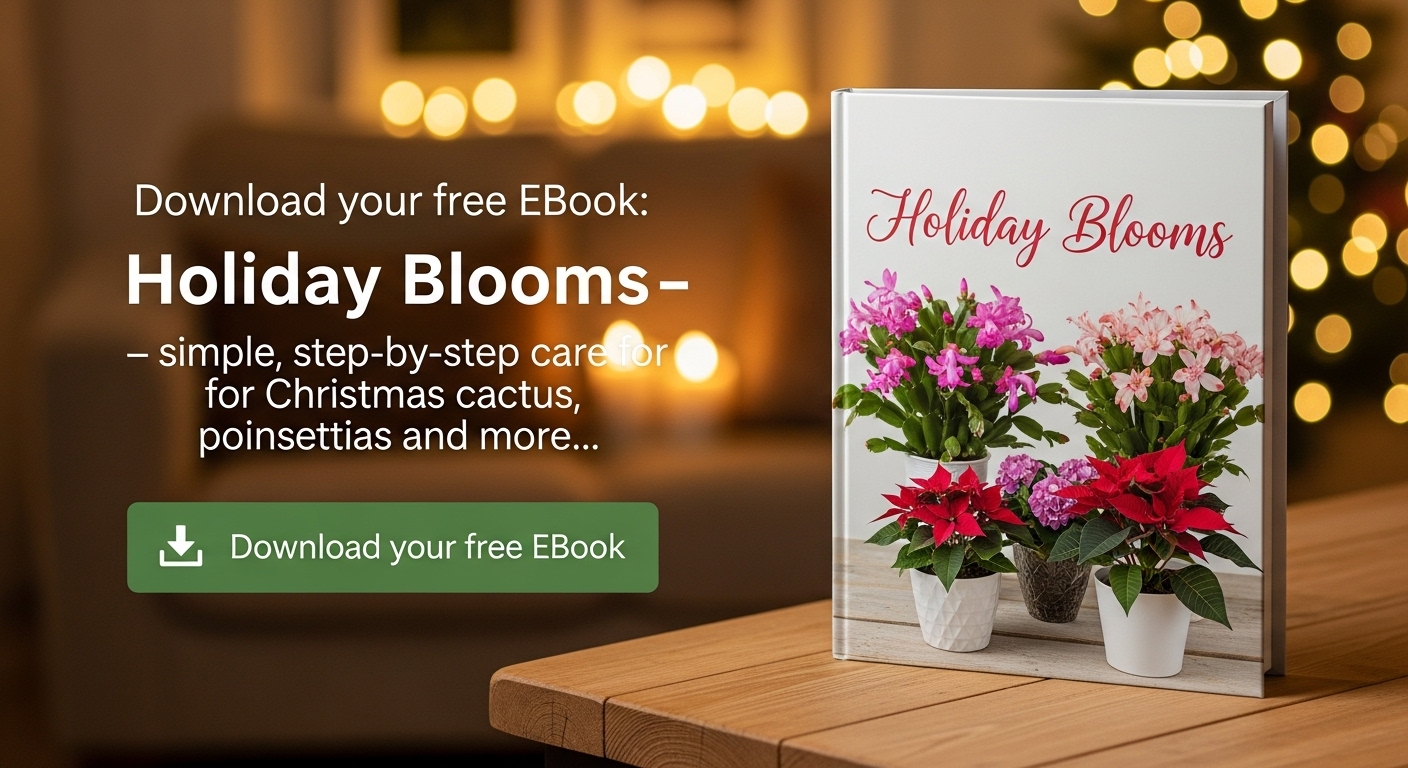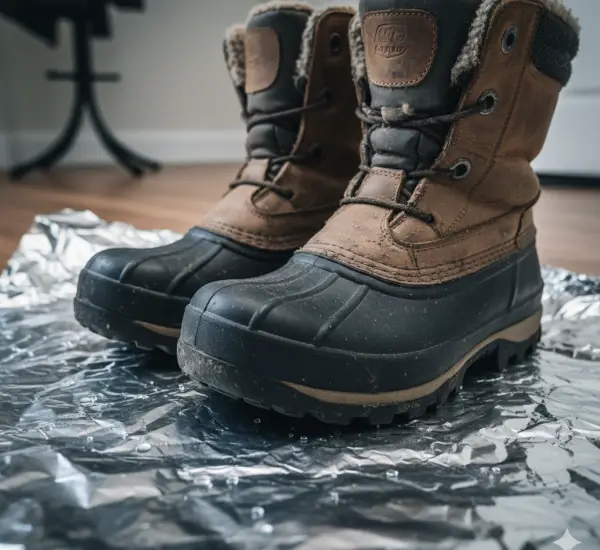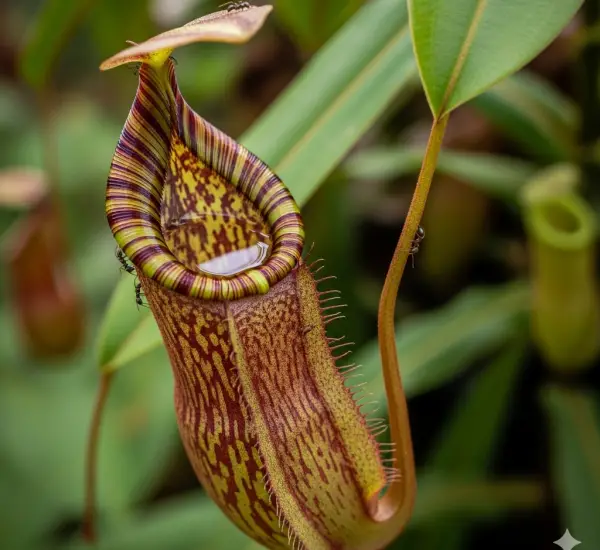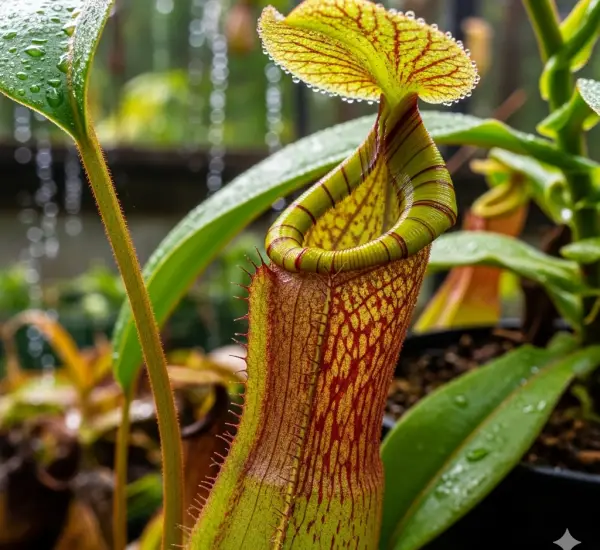Cucumbers are a favorite among home gardeners, prized for their refreshing crunch and versatility in salads, pickles, and smoothies. But what if you don’t have a traditional garden? The good news is that cucumbers can be successfully grown in plastic buckets with minimal space and resources—and the results might just surprise you.
This container-growing method is not only space-saving and affordable but also ideal for people living in urban areas, apartments, or homes with limited gardening space. With just a few simple materials and a little care, you can harvest fresh, juicy cucumbers right from your balcony or patio.
Why Grow Cucumbers in Plastic Buckets?
Plastic buckets make excellent planters for a variety of vegetables, including cucumbers. They’re durable, readily available, and easy to move around, which is especially useful when adjusting for sunlight or weather changes. Most importantly, they allow for controlled drainage and root development.
Advantages of growing cucumbers in buckets include:
-
Saves garden space
-
Prevents weeds and soil-borne diseases
-
Easy to manage pests and water
-
Allows vertical gardening with climbing support
-
Recycles unused containers in an eco-friendly way
What You’ll Need
To get started, gather the following supplies:
-
Plastic buckets (10–15 liters or larger, preferably food-grade)
-
Drill or heated tool to create drainage holes
-
Good-quality soil mix (loamy soil + compost)
-
Cucumber seeds or seedlings
-
Stakes, cage, or trellis for support
-
Watering can or hose with spray nozzle
-
Mulch (optional, but helps retain moisture)
Preparing the Bucket
Start by cleaning the plastic bucket thoroughly to remove any residues or contaminants. Use a drill or heated nail to make 5–7 holes in the bottom of the bucket to ensure proper drainage.
Next, fill the bucket with a nutrient-rich growing mix. A good combination would be:
-
60% loamy garden soil
-
30% compost or well-rotted manure
-
10% sand or rice husks to improve drainage
Mix thoroughly before filling the container to about 2 inches below the rim to allow room for watering.
Planting the Cucumbers
You can either sow seeds directly into the bucket or transplant seedlings that have been started indoors. If sowing seeds:
-
Plant 2–3 cucumber seeds about 1 inch deep in the center of the bucket.
-
Lightly cover with soil and water gently.
-
Once the seedlings grow 2–3 inches tall, thin them out, leaving the strongest plant.
If transplanting, dig a small hole, place the seedling in, and firm the soil around the roots.
Cucumbers prefer full sun, so position your bucket where the plant can receive at least 6–8 hours of sunlight per day.
Providing Support for Climbing
Cucumbers are vining plants, so they need vertical support. You can insert a wooden stake or bamboo pole directly into the bucket or place the bucket near a wall and use a trellis or netting for support.
Training the vine to grow upward:
-
Improves airflow
-
Reduces risk of fungal infections
-
Makes harvesting easier
-
Increases yield by exposing more leaves to sunlight
Watering and Maintenance
Cucumbers need consistent moisture, especially when fruiting. Water your bucket regularly—at least once a day during hot weather—to keep the soil evenly moist but not soggy.
Other tips:
-
Use mulch (like straw or dried leaves) on top of the soil to retain moisture
-
Avoid getting water on the leaves to prevent fungal diseases
-
Add compost tea or banana peel water every 2 weeks for a natural nutrient boost
-
Remove yellow or unhealthy leaves to direct energy to growing fruit
Common Problems and Solutions
-
Yellowing Leaves – Often a sign of nutrient deficiency. Add compost or a diluted organic fertilizer.
-
Powdery Mildew – Improve air circulation and avoid overhead watering.
-
No Fruit Despite Flowers – Hand-pollinate using a small brush to transfer pollen from male to female flowers.
Harvesting Cucumbers
Cucumbers are typically ready to harvest 50–70 days after planting, depending on the variety. Pick the fruits when they are firm, green, and reach the desired size—usually 6 to 8 inches for slicing cucumbers.
Harvest regularly to encourage the plant to produce more fruit. Leaving mature cucumbers on the vine too long can slow down further production and result in bitter flavor.
Final Thoughts
Growing cucumbers in plastic buckets is a simple and highly productive method for home gardeners of any experience level. With just a bit of preparation and care, you can enjoy a steady supply of fresh cucumbers without needing a traditional garden.
This technique is perfect for small spaces and can be scaled up with additional buckets to increase your harvest. Once you try it, you’ll likely find yourself using containers to grow even more vegetables—and your home will be greener and more self-sufficient because of it.
